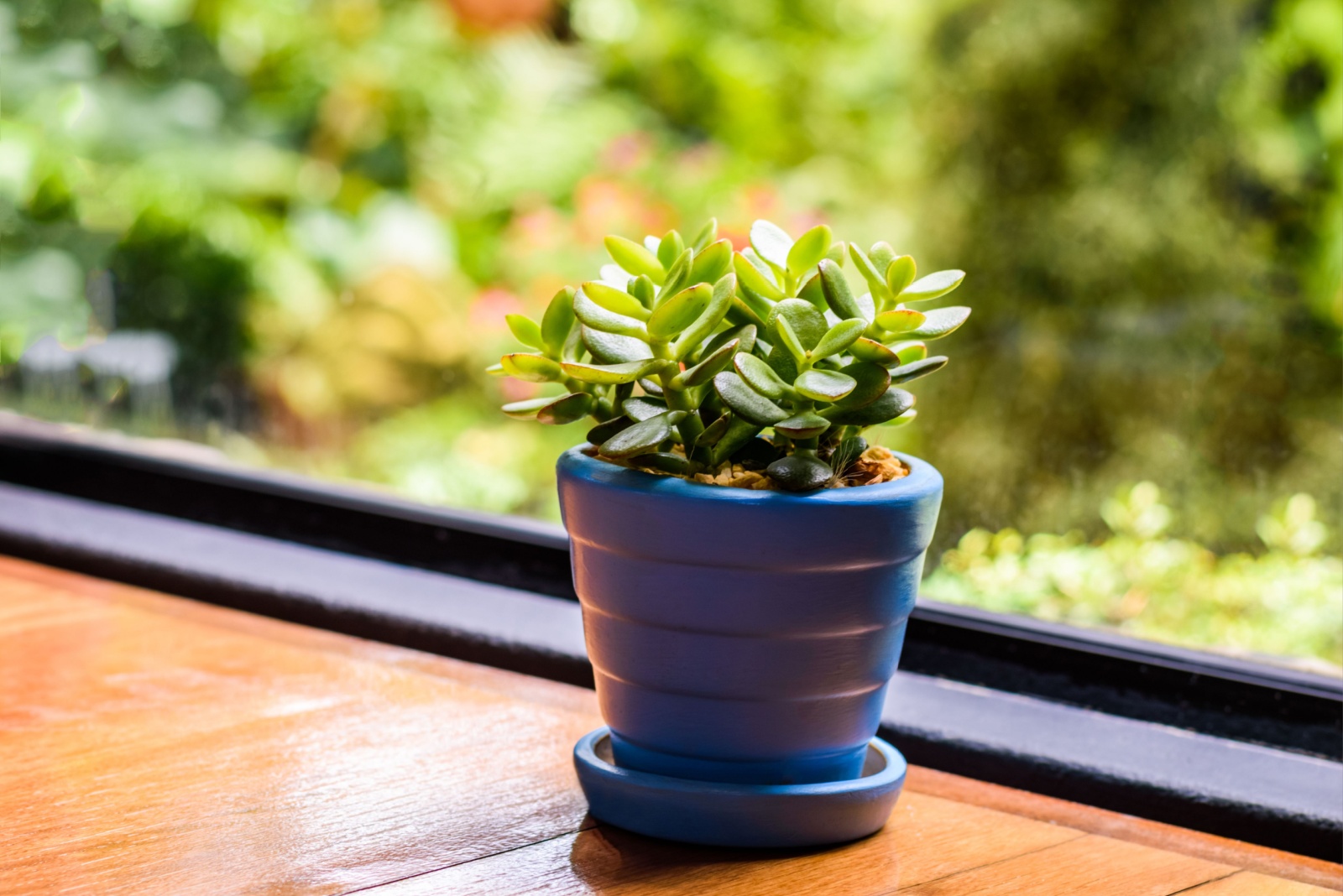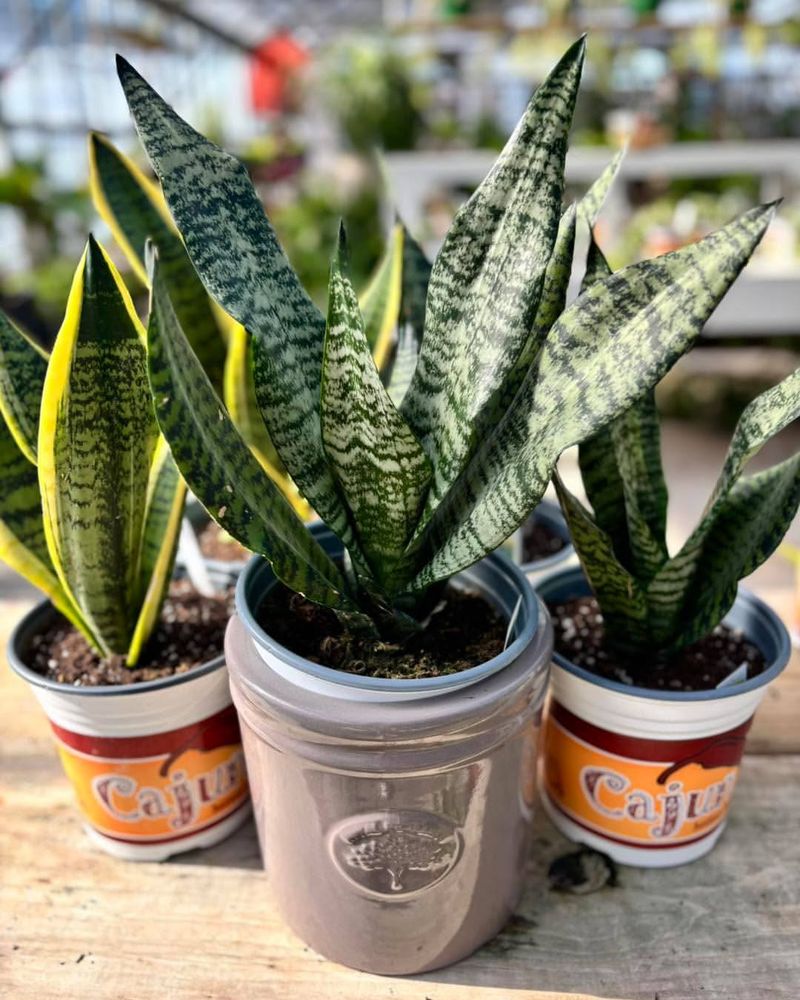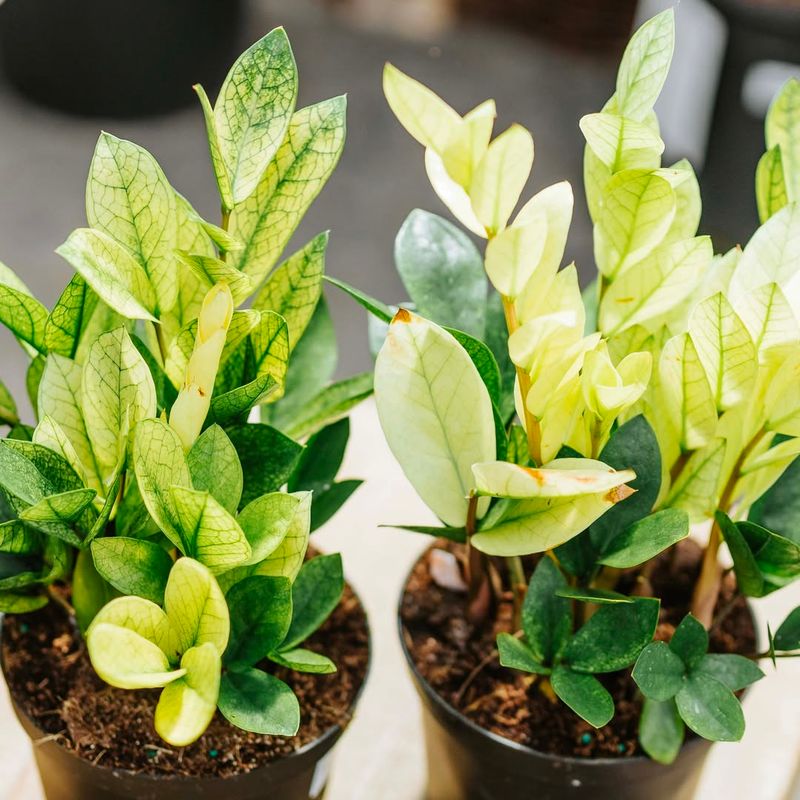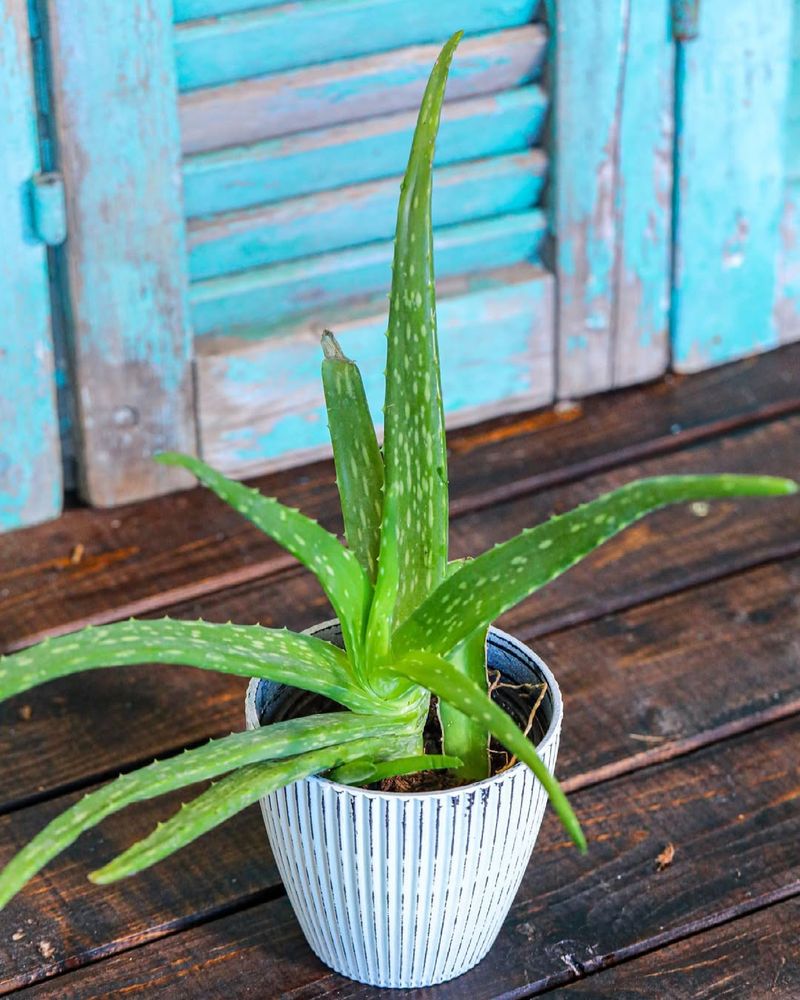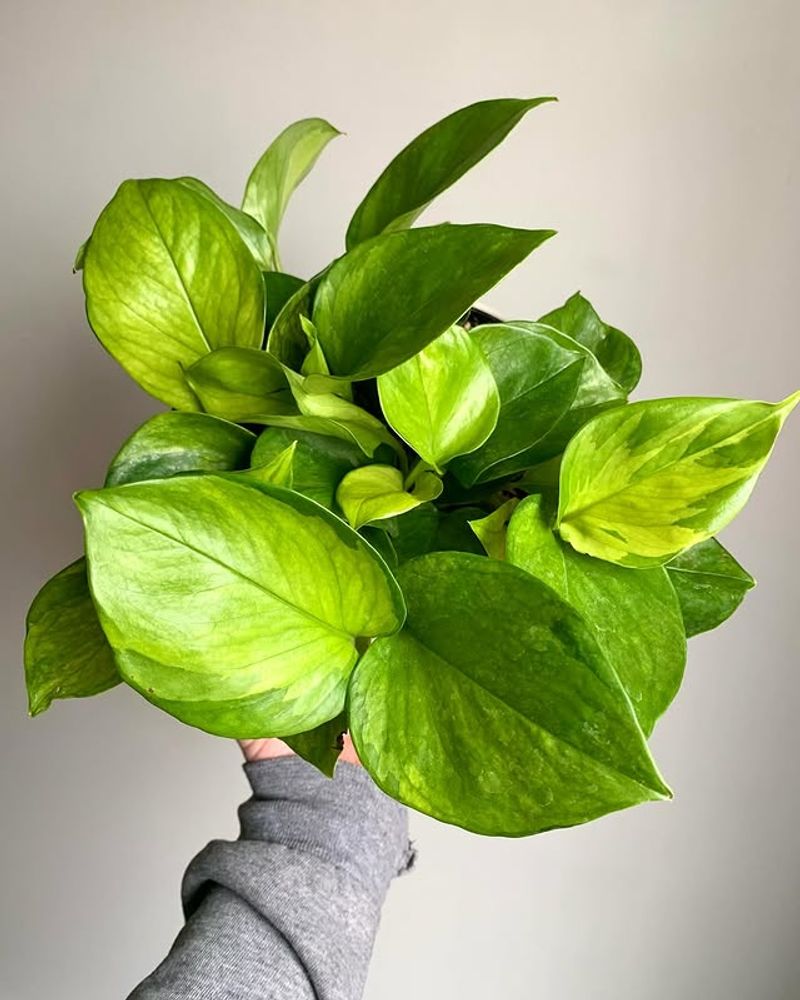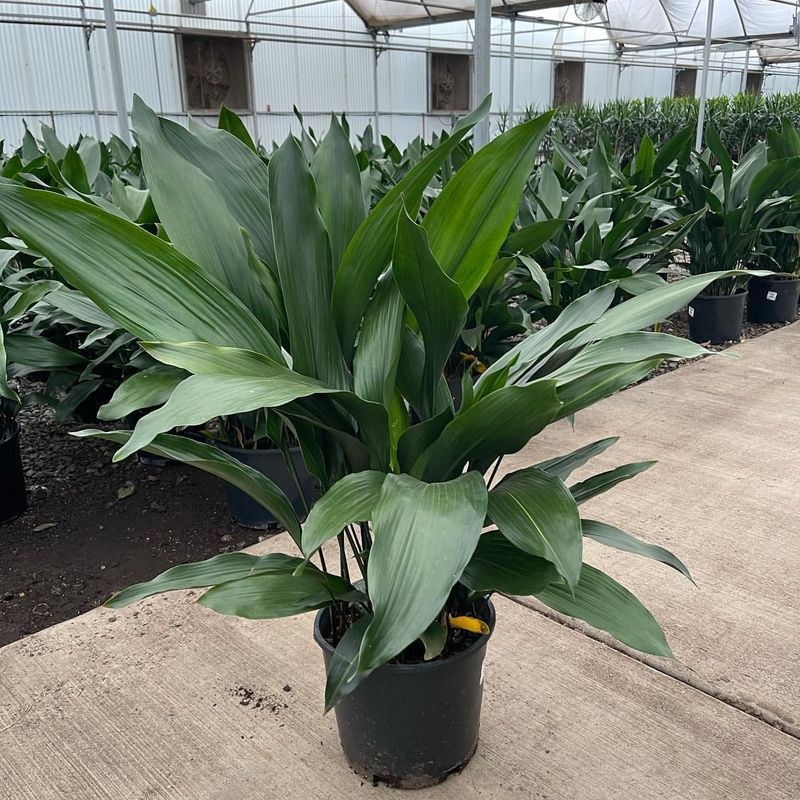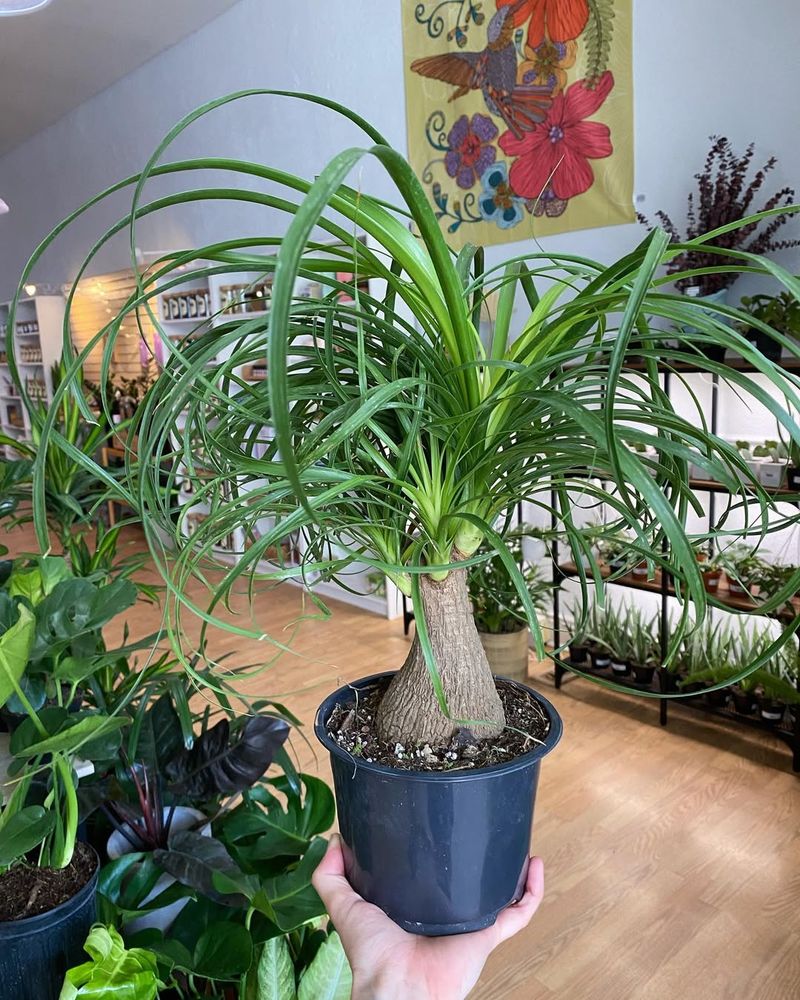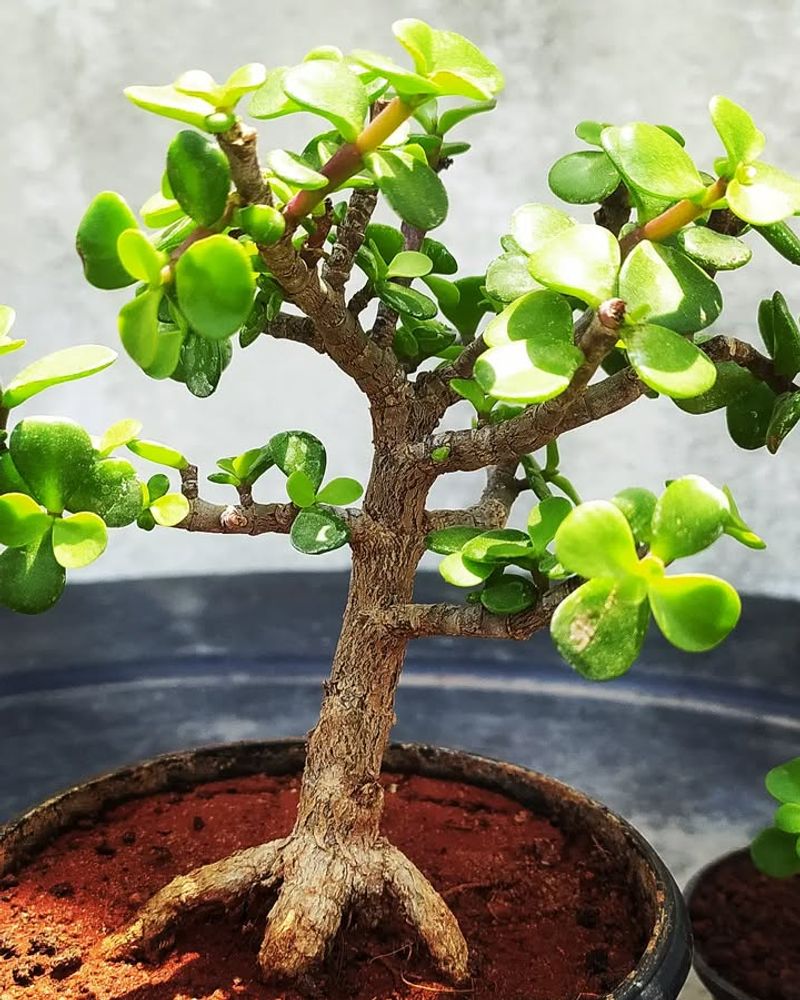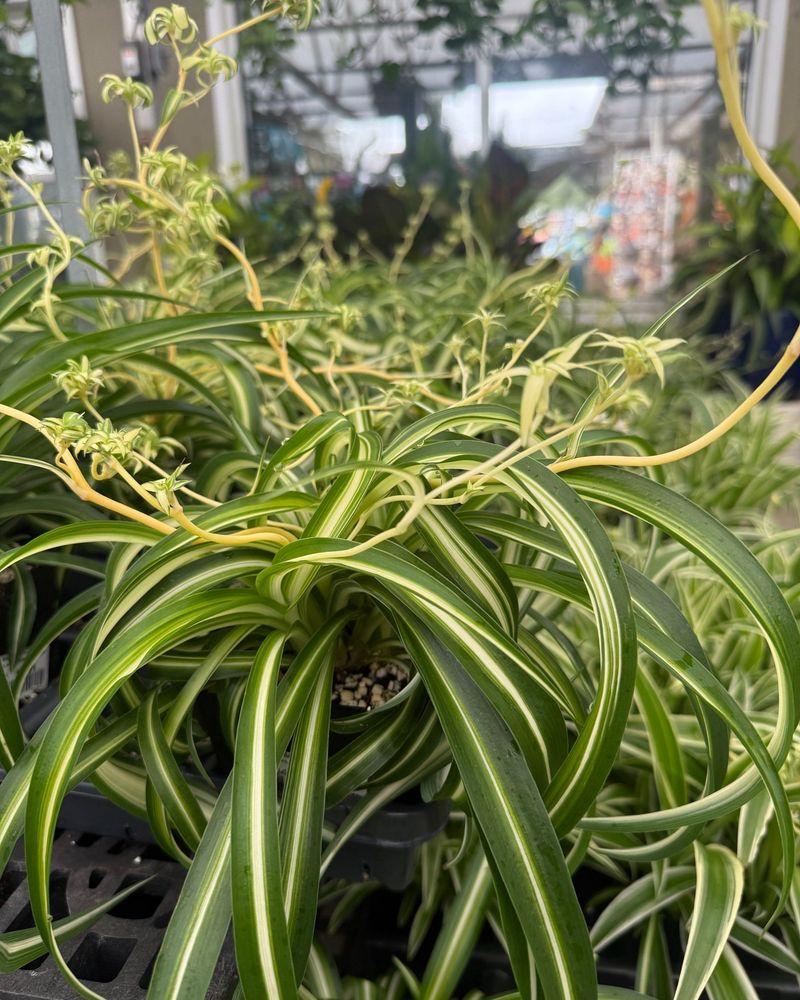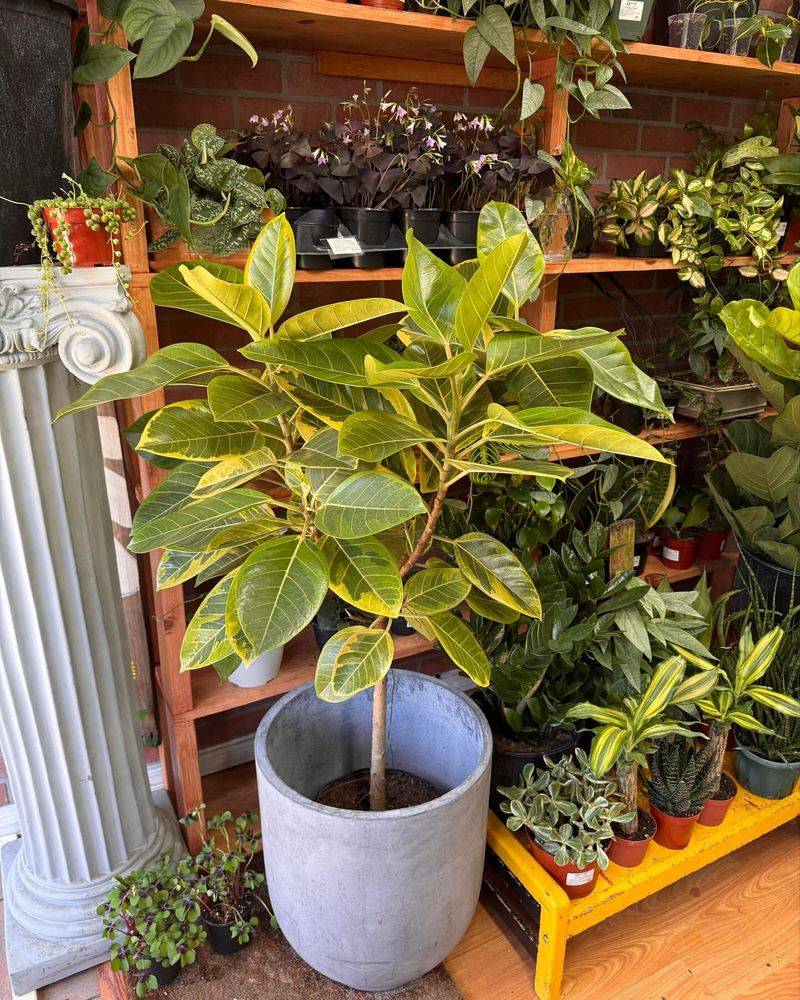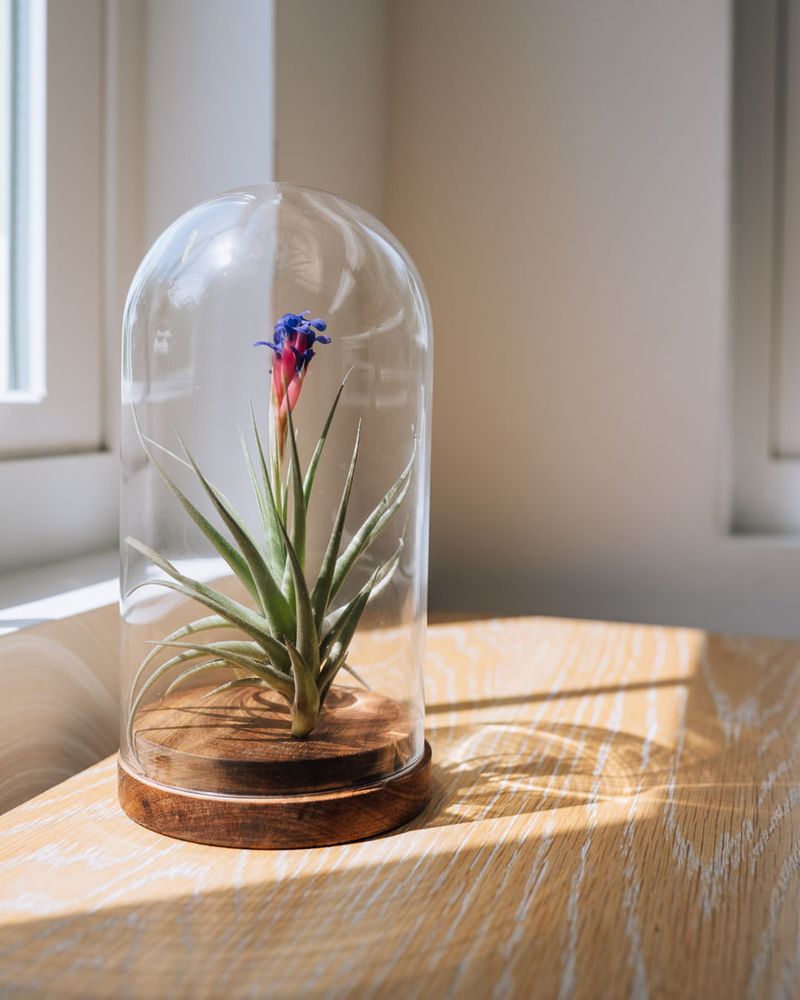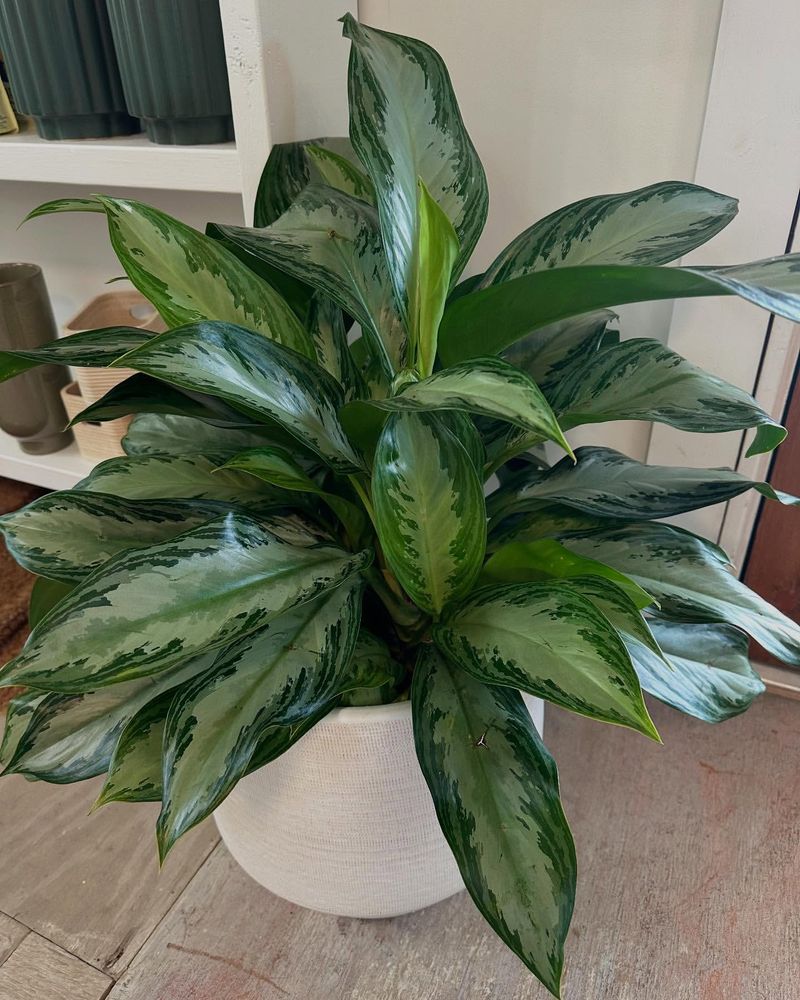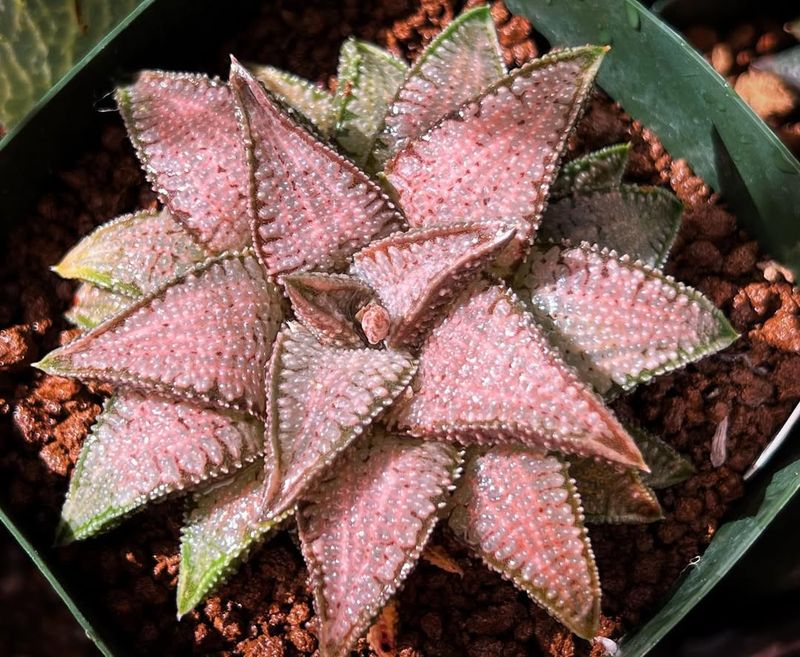Living in Texas comes with its own set of challenges for plant parents – scorching summers, dry air, and busy lifestyles can make keeping houseplants alive feel impossible. Luckily, nature has provided plenty of sturdy, forgiving greenery that actually prefers to be left alone.
These plants don’t just survive neglect – they thrive on it, making them perfect companions for Texas homes where conditions can be tough and time is precious.
1. Snake Plant (Sansevieria)
Practically indestructible, snake plants stand tall with sword-like leaves that filter indoor air pollutants. They’re perfect for forgetful waterers since they store moisture in their thick leaves.
Water only when soil is completely dry – about once a month is plenty! These tough plants tolerate low light but grow faster in bright spots. Native to West Africa, they’ve adapted to survive drought conditions much like Texas summers.
2. ZZ Plant (Zamioculcas zamiifolia)
Glossy leaves and bulbous roots make the ZZ plant a standout in any room. Its waxy, dark green foliage grows from thick rhizomes that store water, allowing it to survive weeks without attention.
Originally from drought-prone areas of Eastern Africa, ZZ plants handle Texas heat beautifully. They grow in any light condition from low to bright indirect sun. Many plant owners water them just once a month, making them truly set-and-forget greenery.
3. Aloe Vera
Beyond its healing properties, aloe vera serves as a striking architectural plant that asks for almost nothing in return. The fleshy, spiky leaves contain the famous gel used for sunburns – quite fitting for sunny Texas!
Native to arid regions, aloe thrives in bright windows and sandy soil. Water deeply but infrequently – once every 3-4 weeks works perfectly. When happy, aloe produces “pups” or baby plants around its base, giving you free plants to share with friends.
4. Pothos (Epipremnum aureum)
Trailing vines of heart-shaped leaves make pothos the darling of plant shelves everywhere. Available in green, variegated yellow, white, or marble patterns, there’s a pothos variety for every taste.
Often called “devil’s ivy” because it’s so hard to kill, pothos thrives in bathrooms, bedrooms, or offices. The vines can grow several feet long when happy. Water when the top two inches of soil feel dry – about every 7-10 days depending on your home’s humidity level.
5. Cast Iron Plant (Aspidistra elatior)
Living up to its name, the cast iron plant survives conditions that would kill lesser greenery. Dark, glossy leaves grow slowly but steadily, eventually forming an impressive clump of foliage.
Japanese in origin, it tolerates extreme neglect, deep shade, and temperature fluctuations – perfect for drafty Texas homes or apartments with minimal natural light. Cast iron plants rarely need repotting and can go weeks without water. For busy homeowners who travel frequently, this plant stays reliably attractive with minimal care.
6. Ponytail Palm (Beaucarnea recurvata)
Despite its name, the ponytail palm isn’t actually a palm but a succulent with a bulbous trunk and cascading, ribbon-like leaves. The swollen base stores water, allowing it to withstand months of neglect.
Hailing from semi-desert areas of Mexico, it feels right at home in Texas climates. Place in bright, indirect light and water sparingly – the trunk will wrinkle slightly when thirsty. Slow-growing and long-lived, some specimens live for decades, becoming striking focal points in homes.
7. Jade Plant (Crassula ovata)
Symbolizing prosperity and good luck, jade plants feature plump, oval leaves on woody stems that eventually form a miniature tree-like structure. Their distinctive appearance brings a sculptural element to any space.
Water only when the soil is completely dry – overwatering is the quickest way to kill these beauties. Jade plants prefer bright light but adapt to medium light conditions. In Texas homes, they appreciate a spot near an east or west-facing window where they’ll develop a reddish tinge on leaf edges when happy.
8. Spider Plant (Chlorophytum comosum)
Arching green and white striped leaves make spider plants instantly recognizable. They earned their name from the spiderettes they produce – baby plants dangling from long stems that can be snipped off and rooted to create new plants.
Incredibly forgiving, spider plants bounce back from occasional neglect with remarkable resilience. They prefer bright indirect light but tolerate low light conditions. Water when the top inch of soil feels dry. In Texas homes, they often thrive in bathrooms where they enjoy occasional humidity from showers.
9. Rubber Plant (Ficus elastica)
Bold and dramatic, rubber plants command attention with large, glossy leaves in deep green, burgundy, or variegated patterns. They grow into substantial indoor trees when happy, adding a tropical feel to Texas interiors.
Unlike fussier ficus varieties, rubber plants forgive inconsistent watering and occasional neglect. They prefer bright, indirect light but adapt to medium light conditions. Wipe leaves occasionally to keep them dust-free and shiny. These plants clean the air while requiring minimal attention – just water when the top two inches of soil dry out.
10. Air Plants (Tillandsia)
No soil required! Air plants absorb moisture and nutrients directly from the air through specialized scales on their leaves. Their alien-like appearance and versatility make them conversation starters in any Texas home.
Display them in glass terrariums, mounted on wood, or nestled in seashells. Most varieties need a good soak in water once weekly, then complete drying within 4 hours. The dry Texas climate actually suits them well, as they hate staying wet. Bright, indirect light keeps them happiest.
11. Chinese Evergreen (Aglaonema)
Lush tropical foliage in patterns of green, silver, red, and pink makes Chinese evergreens showstoppers even in low light corners. These plants actually prefer being somewhat ignored rather than fussed over.
Originating from humid Asian forests, they’ve adapted surprisingly well to Texas homes. Allow soil to dry halfway before watering again. Older plants occasionally produce small calla-like flowers. Chinese evergreens clean indoor air of toxins while requiring minimal care – a win-win for busy Texas households looking for beautiful, functional plants.
12. Haworthia
Miniature rosettes of pointed, often translucent-tipped leaves make haworthias perfect desk or windowsill companions. Unlike their sun-loving cousin aloe, they prefer bright indirect light, making them ideal for indoor Texas growing.
Native to South Africa, haworthias evolved to survive long droughts by storing water in their fleshy leaves. Water sparingly – once every 2-3 weeks is plenty. Their compact size (most stay under 6 inches) makes them perfect for small spaces. Many varieties develop striking window-like patterns that glow when backlit.

